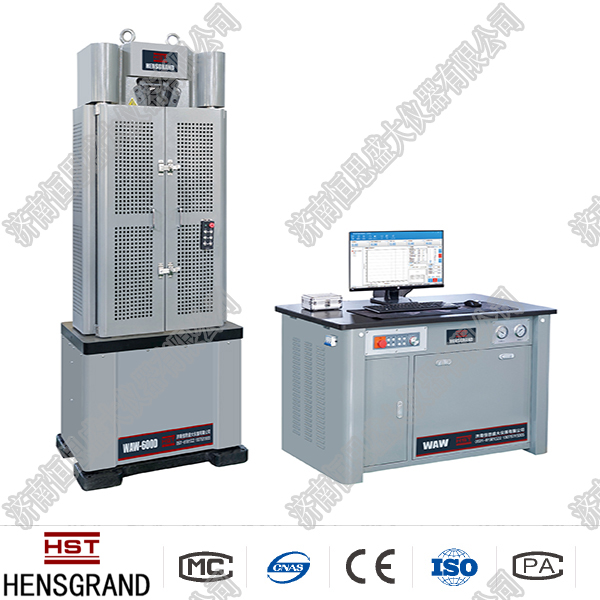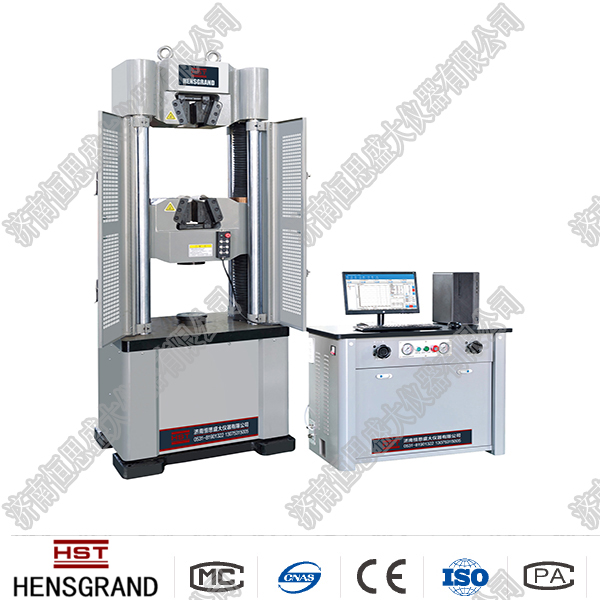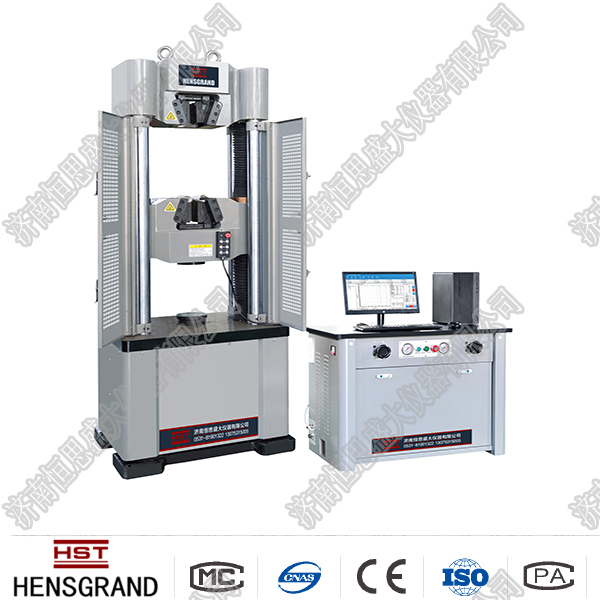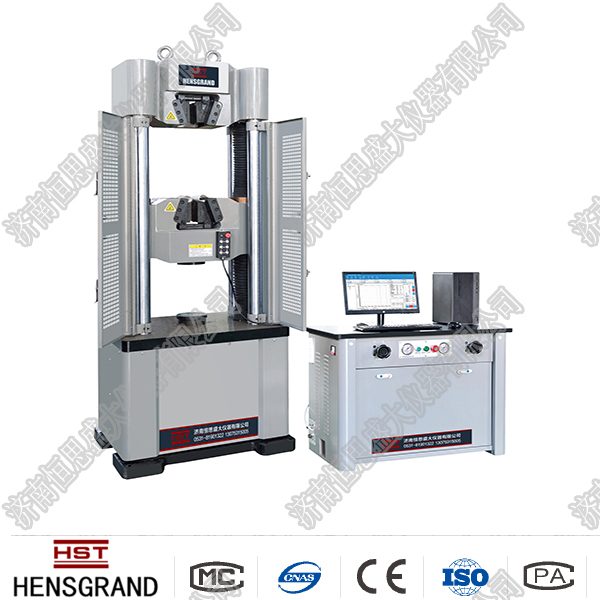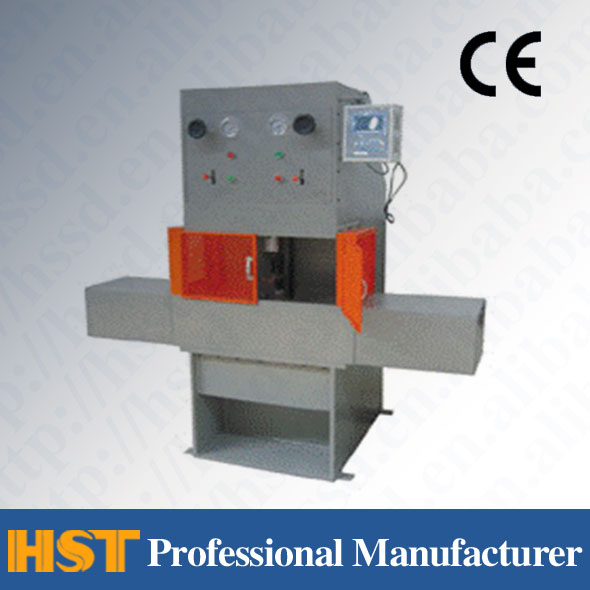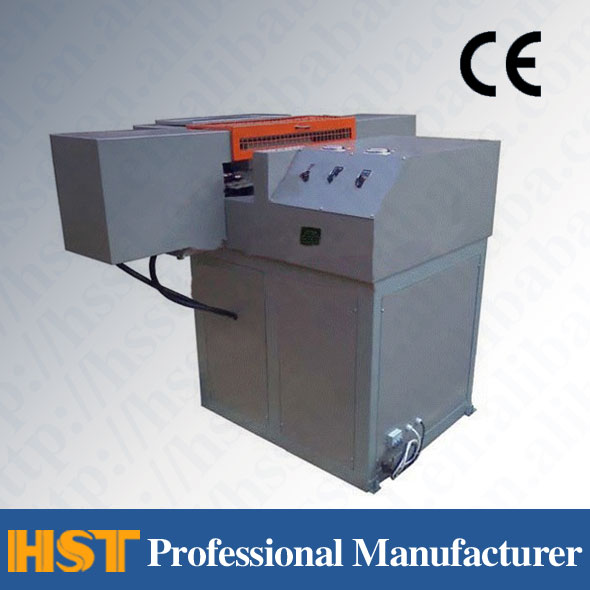News
What is the difference between a C-type machine and a D-type machine for microcomputer-controlled electro-hydraulic servo universal testing machine?
Release time:2021-05-07 source:Jinan Hengsi Shanda Instrument Co., Ltd. Browse:
The microcomputer-controlled electro-hydraulic servo universal test machine integrates automatic control of current and hydraulic servo, automatic measurement, data acquisition, screen display, and test result processing. It uses the under-cylinder host as the platform and is equipped with a precision oil pump, electro-hydraulic servo valve, and PC servo controller to realize multi-channel closed-loop control, and completes fully automatic control, automatic measurement and other functions of the test process. It has the characteristics of good professionalism, high reliability, simple upgrade, etc., and can be continuously enriched and improved with the development of testing machine measurement and control technology and changes in test standards..Today, the editor will introduce to you the difference between the C-type machine and the D-type machine of the microcomputer-controlled electro-hydraulic servo universal tester. Let’s take a look.
Microcomputer-controlled electro-hydraulic servo universal testing machine C-type machine is a nut rotation, turbo worm transmission, and no gap stretching space.
The D-type machine of the microcomputer-controlled electro-hydraulic servo universal test machine is a screw rotation, chain transmission, and a gap stretching space.
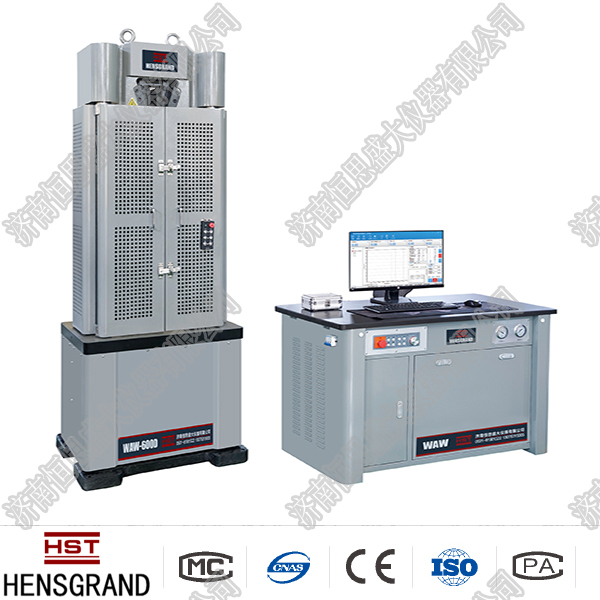
1. What is space for stretching with gaps?
Any test machine that completes the lower beam lifting by the screw rotation has a clearance tensile space. There must be a gap between the screw back cap and the base to ensure that the screw can rotate. For example, a D-type machine.
2. What is gapless stretching space?
1. Whenever the screw is fixed and rotated by the nut to complete the lifting of the lower beam, the clearance mechanism between the nut and the screw is assembled and preloaded to restrain the weight of the lower beam. When the nut rotates, it is in contact with the upper end surface, eliminating the gap between the screw and the nut, so it is called a gapless stretching space. For example, a C-type machine.
2. The upper and lower beams of the single-tight tester are fixed, and the adjustment of the tensile space is completed by the lifting and lowering of the piston.
3. Does the gap tensile space have an impact on the experimental results? What is the difference between a C-type machine and a D-type machine?
1. It has no effect on the accuracy of measuring experimental force. It has an impact on the continuity of the experimental force curve.
When performing tensile (or tightening) experiments for a universal test machine with gap tensile space, it is necessary to first restrain the weight of the cross beam and the screw, and eliminate the gap between the back cap of the screw and the base, and between the nut and the screw. Since the direction of gravity is completely different from the measurement direction of tension (or pressure), it does not affect the accuracy of the measurement of the force value. However, a platform will be presented in the initial stage of drawing the force time-curve. The force value of the platform is the weight and the self-weight of the screw, indicating the discontinuous row of the experimental force application. This situation is allowed in GB/T228.1-2010, and a pre-pull initiative is also proposed.
2. It has no effect on the measurement results of the sample extension performance.
When performing tensile (or tightening) experiments on a universal test machine with a gap tensile space, it will not have any impact on the experimental results of extension performance. Since the room temperature tensile experimental method of GB/T228.1-2010 metal data understands the rules: Ae, Ag, Agt, and At are all measured by extensometer and have nothing to do with displacement; the elongation after break A is calculated by actual measurement of the gauge distance, and has nothing to do with displacement. In the initial stage of drawing the displacement-time curve, a platform will appear, and the displacement of the platform is the gap between the screw back cap and the base, and between the nut and the screw.
3. The C type is more precise in workmanship and smoother in transmission than the D type machine.
Although the universal test machine with gap tensile space has no effect on the measurement results of the data's strength performance and extension performance when performing tensile experiments, it still shows that the test machine is not manufactured with sufficient precision. The initial stages of the force-time curve and displacement-time curve have a small tail.
4. Whether the test machine can be a gapless tensile space is one of the important symbols of high-quality test machines and cannot be despised.
To sum up, the difference between the C-type machine and the D-type machine that the editor has introduced to you. I hope it will be helpful to you. If you have other relevant knowledge you want to know, please consult our customer service staff through the web page. We will answer it one by one. Sincere and kind service is our purpose.
Recommended productsPRODUCTS


















